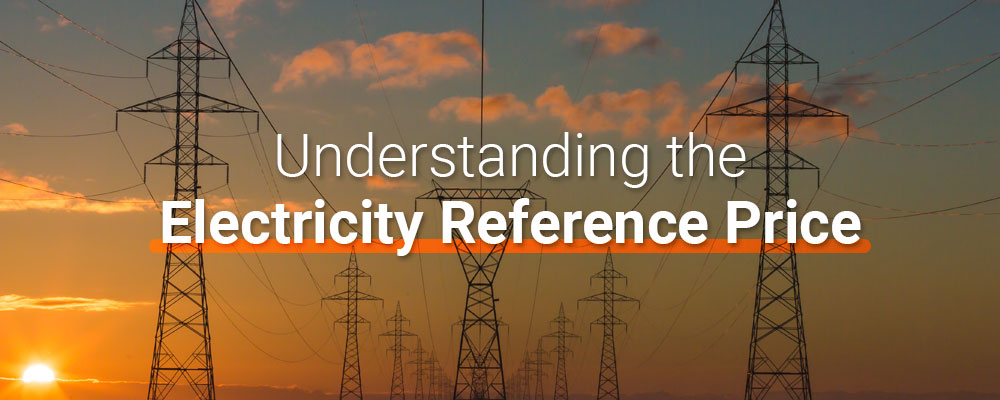A quick guide to the electricity reference price
Does the term electricity reference price sound familiar? Electricity reference price is often mentioned in advertisements from energy companies to promote their plans to prospective customers. Electricity reference price is also used as a reference price when comparing a company’s rates to others. The electricity reference price is an important factor that may affect your energy bill, even when it just seems like a tool for electricity providers in Australia.
Understanding the electricity reference price
What is the electricity reference price?
The electricity reference price serves as a benchmark for electricity prices and is set by the regulator. This benchmark is used as a reference for potential customers when comparing rates between electricity providers and energy plans.
The electricity reference price is based on an area’s average electricity usage, which is assigned by the Australian government. An energy provider that offers a greater percentage off the reference price makes a cheaper energy plan available for consumers.
Is it a requirement for electricity companies?
The electricity reference price is required to be disclosed by electricity companies in New South Wales, South Australia, and South-East Queensland. The companies need to show their rates compared to the relevant reference price based on area & customer type, which is displayed as a percentage. The comparison of rates to the reference price is done in order to allow customers to compare plans and electricity providers easily.
What affects the electricity reference price?
The electricity reference price in Australia varies depending on the energy usage and distribution costs across states & territories. The type of tariff chosen by the customer will also affect reference prices.
Why electricity reference price matters for electricity users
The electricity reference price is the amount a customer will pay on a single-rate tariff with the default price set by the regulator. Once providers advertise their plans based on the reference price, electricity customers gain a better understanding of the options and deals available to them. The electricity reference price also informs customers of the maximum amount they can be charged on a standing market offer.
How does a market offer differ from a standing offer?
Market offer
A market offer is a plan that features competitive pricing. A market offer gives energy retailers the freedom to set their own terms, conditions and pricing. The company’s terms, conditions and pricing can be changed anytime depending on the contract. Aside from competitive rates, a market offer usually comes with incentives and discounts.
Standing offer
A standing offer is a type of electricity plan that all energy retailers must provide. A standing offer is generally less affordable than the market offer, and often does not include incentives. The government sets the minimum terms and rates with a standing offer, which can only be changed every six months.
Standard offers usually apply to customers who have moved to a new home or those with an expired market offer. Electricity customers can check their current energy bill to know what type of offer they are on.
For customers who want to know if they are getting the best deals, it is important to compare energy plans regularly. USE OUR ENERGY COMPARISON TOOL
ALSO READ: Why You Should Choose the Right Electricity Providers in NSW
The Australian Energy Regulator sets the electricity reference price every year. To find the latest retail electricity prices, visit the AER website.
The energy price for different households varies and the best rates depend on what you require for your home. Check out Electricity Wizard to find a better energy plan that’s right for you and get competitive prices from electricity providers in Australia.








